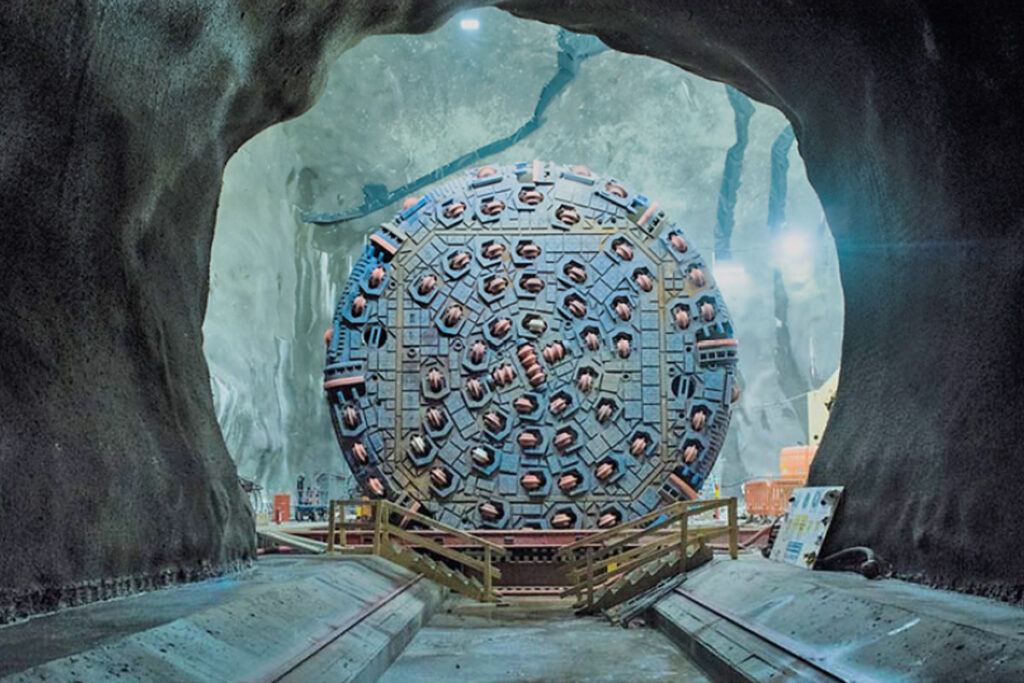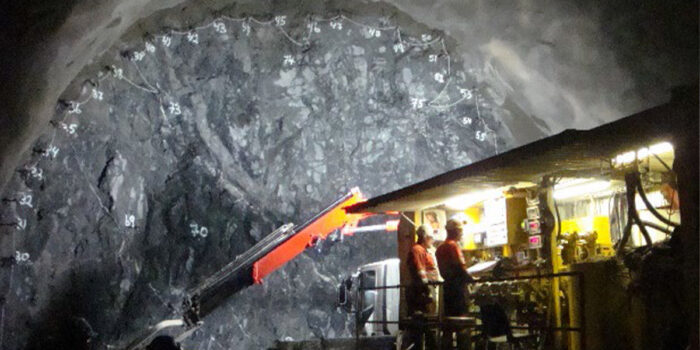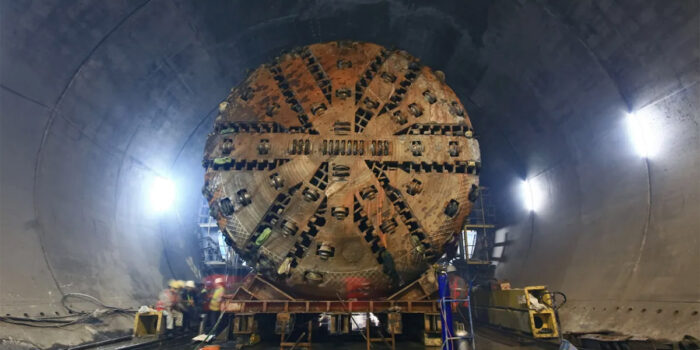by Javier Macias, Nick Ryland Barton

The NTNU and QTBM methods of prognosis are widely used for performance predictions and cost estimates in the planning and risk management of Tunnel Boring Machine (TBM) excavation projects. The methods have been applied for the evaluation of recently completed hard rock TBM projects, both during geological pre-investigations and prognosis and during later tunnel excavation. Not only hard mixed-face conditions (MFC) but also numerous fracture zones have been described and delays predicted, and ultimately some were treated with pre-injection. Hard rock tunnel boring involves great complexity and geological risk which is accentuated with hard-to-very hard rock (i.e., low-to-extremely low boreability/massive hard rock) combined with hard mixed-face conditions. When using predictions models, an appropriate understanding of the model methodology and limitations is of great importance for a reliable application of the models and for consistent assessments to facilitate the control of such risk and to enable delays and budget overruns to be avoided. MFC in TBM tunnelling projects in hard and abrasive rock have a significant impact on performance, tool wear and, consequently, on construction time and excavation costs. The present paper evaluates and discusses the applicability of the NTNU and QTBM models in hard rock TBM projects with emphasis on hard-rock mixed-face problems.
You can read the full article at below:


